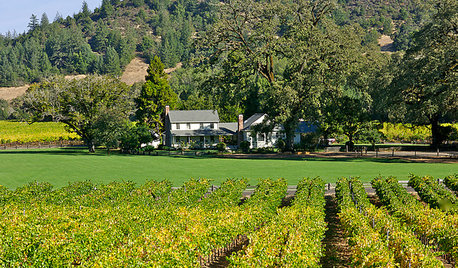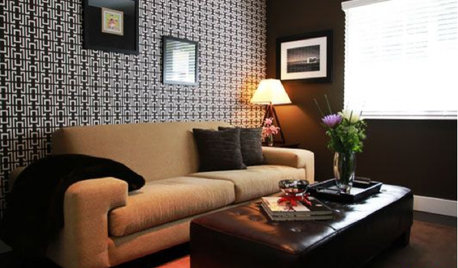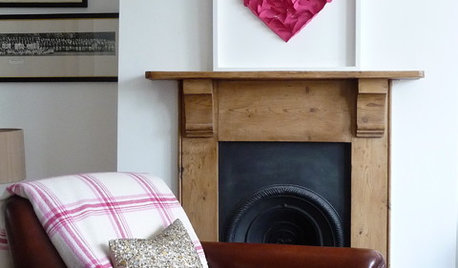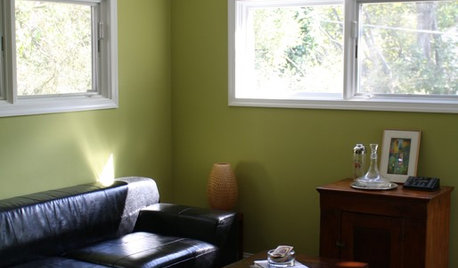Help: Did I destroy my dining table? Long with pics
nosoccermom
12 years ago
Related Stories

MOVINGRelocating Help: 8 Tips for a Happier Long-Distance Move
Trash bags, houseplants and a good cry all have their role when it comes to this major life change
Full Story
PETS5 Finishes Pets and Kids Can’t Destroy — and 5 to Avoid
Save your sanity and your decorating budget by choosing materials and surfaces that can stand up to abuse
Full Story
DISASTER PREP & RECOVERYRemodeling After Water Damage: Tips From a Homeowner Who Did It
Learn the crucial steps and coping mechanisms that can help when flooding strikes your home
Full Story
LIFEYou Said It: ‘They Did Not Have a Throwaway Mentality’ and More
Houzz articles about Fred MacMurray's farm, sci-fi style, hoodoos, and 31 true remodeling tales struck a chord this week
Full Story
Let's Dish! Did You Watch the Flipping Out Premiere?
Contemporary Remodel Kicks off Design Show's New Season. What Did You Think?
Full Story
VALENTINE’S DAYTell Us: Why Did You Fall in Love With Your House?
What was it about your house that made your heart flutter? Share your photo, and it could make the Houzz homepage
Full Story
DECLUTTERINGDownsizing Help: How to Edit Your Belongings
Learn what to take and what to toss if you're moving to a smaller home
Full Story
KITCHEN DESIGNKey Measurements to Help You Design Your Kitchen
Get the ideal kitchen setup by understanding spatial relationships, building dimensions and work zones
Full Story
STANDARD MEASUREMENTSThe Right Dimensions for Your Porch
Depth, width, proportion and detailing all contribute to the comfort and functionality of this transitional space
Full StoryMore Discussions











User
nosoccermomOriginal Author
Related Professionals
Fort Myers Carpenters · Kuna Carpenters · North Miami Beach Carpenters · Arlington Heights Flooring Contractors · Covington Flooring Contractors · Desert Hot Springs Flooring Contractors · Eastvale Flooring Contractors · Lincoln Flooring Contractors · Lodi Flooring Contractors · Shoreline Flooring Contractors · Tucson Flooring Contractors · Denver Furniture & Accessories · San Diego Furniture & Accessories · Dumont Furniture & Accessories · Urbandale Furniture & Accessoriesbrickeyee
nosoccermomOriginal Author
User
nosoccermomOriginal Author
User
live_wire_oak
lazy_gardens
bobismyuncle
nosoccermomOriginal Author
Fori
nosoccermomOriginal Author
andersons21
lindac
nosoccermomOriginal Author
brickeyee